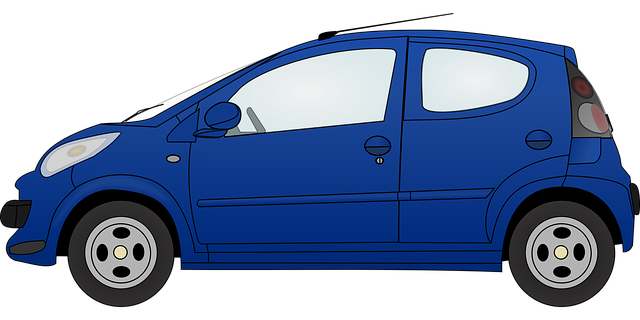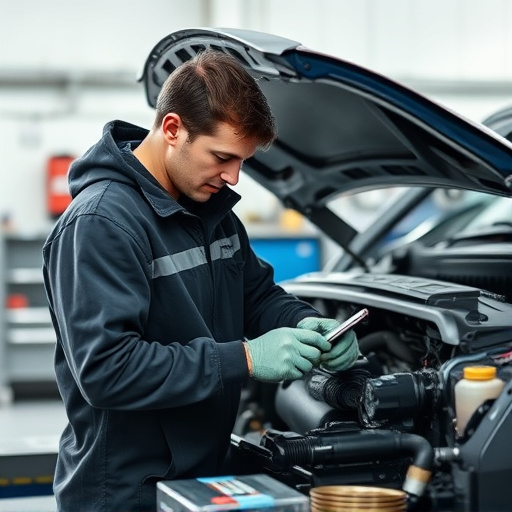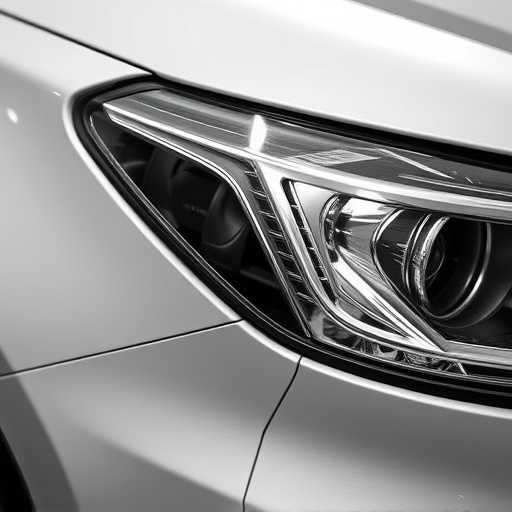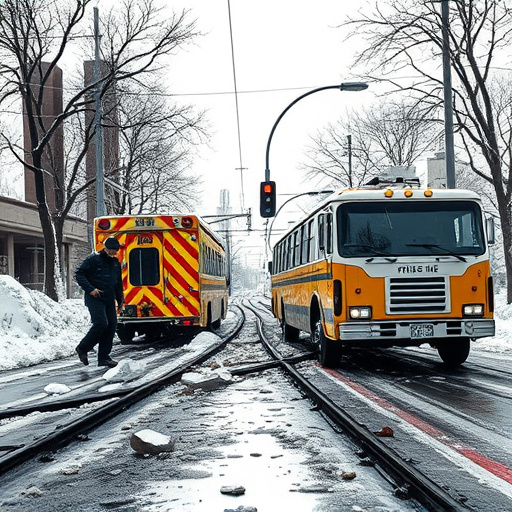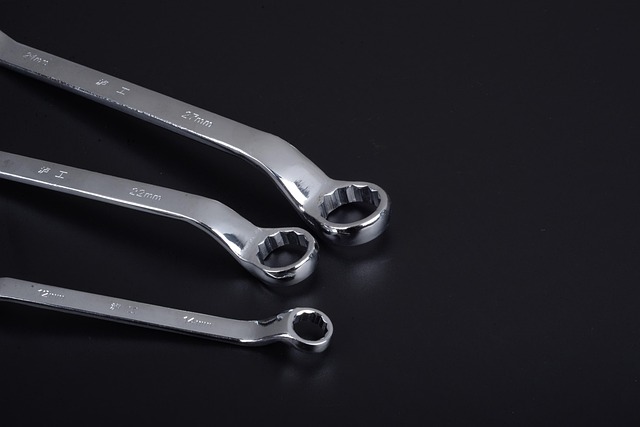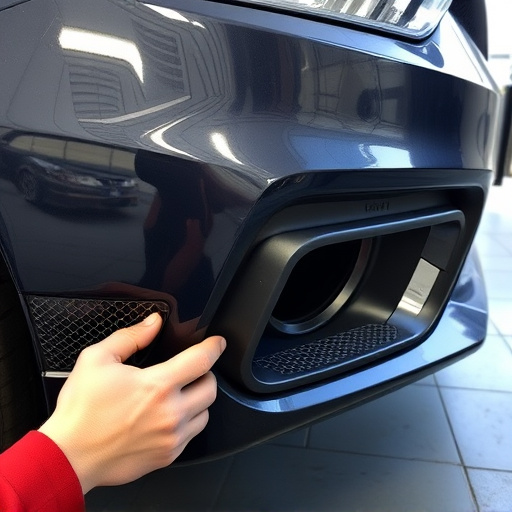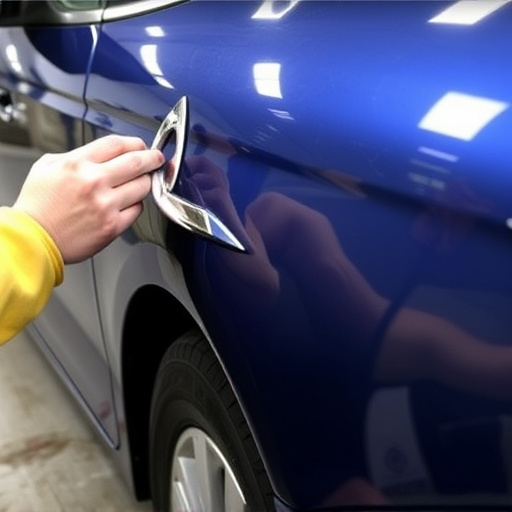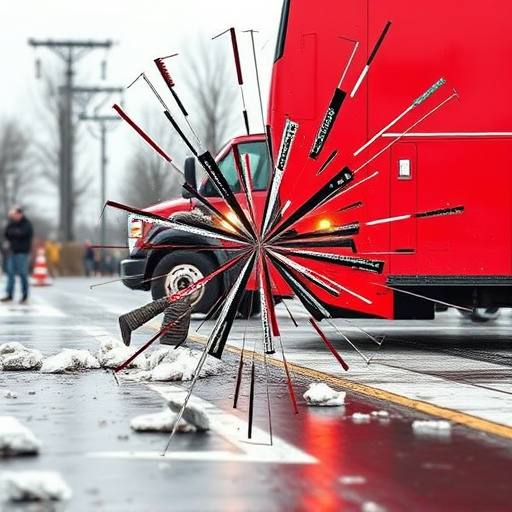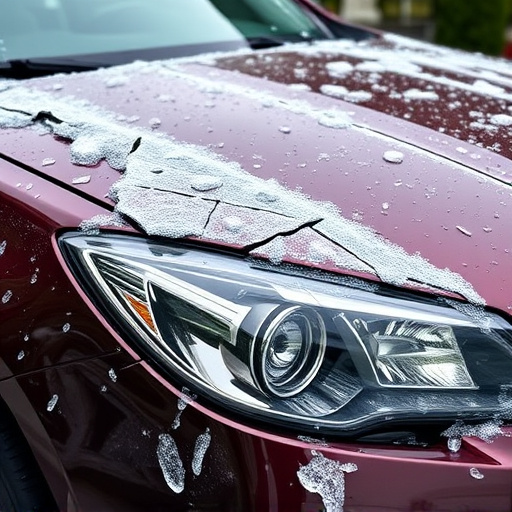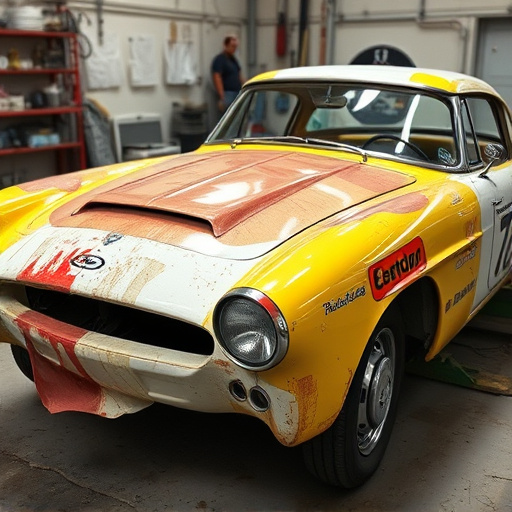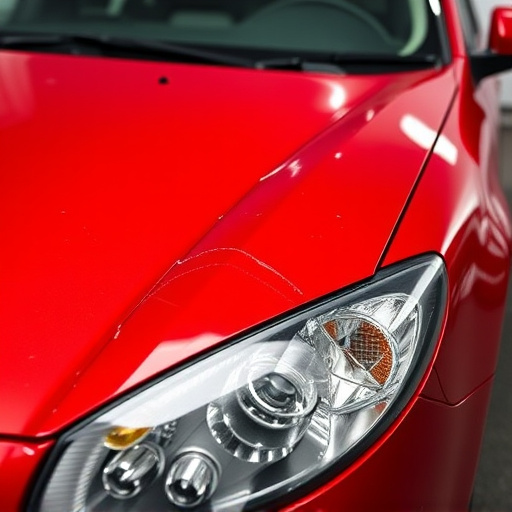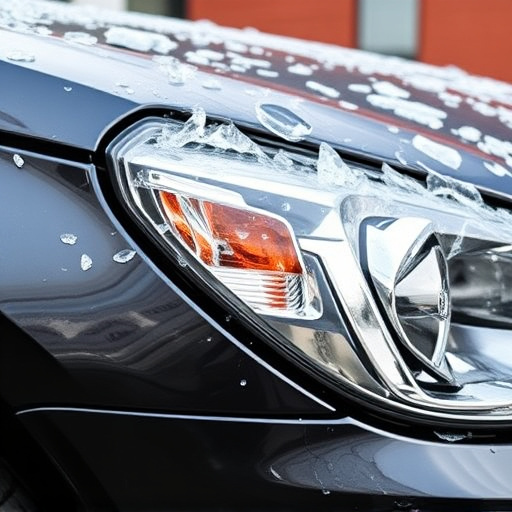Pulling system collision repair is a specialized technique using advanced equipment to restore damaged vehicle components to their original shape, preserving structural integrity and safety. Ideal for minor to moderate damage like dents, scratches, and crumple zones, it saves cost, waste, time, and maintains vehicle value while ensuring long-term performance, especially in bumper and fender repairs.
In the realm of automotive restoration, deciding between replacement and pulling system collision repair is crucial. This article guides you through the process, offering insights into ‘Pulling System Collision Repair’ as an alternative to full replacement. We’ll explore scenarios where this method shines—from minimizing waste to preserving original parts. Learn when to opt for a cost-effective, environmentally friendly solution that benefits both your vehicle and the planet.
- Understanding Pulling System Collision Repair
- When Replacement is Not the Ideal Choice
- Benefits of Pulling System for Specific Damage Cases
Understanding Pulling System Collision Repair
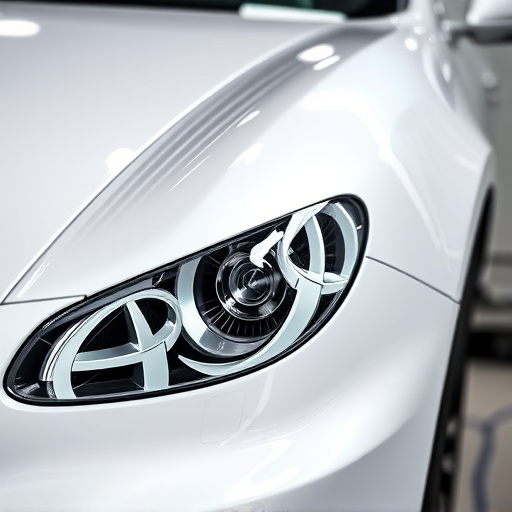
Pulling system collision repair is a specialized technique that involves using advanced equipment and precision tools to pull and adjust damaged vehicle components back into their original shape. Unlike full replacement, which often leads to unnecessary waste and higher costs, this method focuses on preserving the car’s original parts while restoring them to their pre-accident condition. The process begins with carefully removing the dent or damage from the car body, using techniques like pneumatic tools or hydraulic lifts. This is followed by precise adjustments and realignments to ensure the vehicle’s structural integrity and safety.
An auto collision center employing pulling system collision repair methods leverages state-of-the-art equipment for dent removal and car body restoration. By opting for this approach, owners can expect significant cost savings while also preserving the resale value of their vehicles. It’s a sustainable practice that reduces waste by minimizing the need for new parts and contributes to a greener automotive industry. This method is particularly suitable for minor dents, dings, and creases, making it an attractive option for those seeking efficient and effective repairs without incurring the expenses associated with full car body replacements.
When Replacement is Not the Ideal Choice

In some cases, full replacement might not be the most practical or cost-effective solution for collision damage, especially when dealing with complex vehicle structures. The pulling system collision repair method offers an alternative approach that can be highly beneficial in certain scenarios. One such instance is when a vehicle experiences significant deformity or damage to multiple panels, but the structural integrity remains largely intact. For example, while a fender or bumper repair might seem like a straightforward solution, complex collisions can cause hidden issues within the frame and surrounding components.
Pulling system collision repair techniques allow for precise manipulation of damaged panels, carefully pulling them back into shape without compromising the overall structure. This method is particularly useful for vehicle dent repair, where deep or shallow dents, as well as creases, can be corrected. By avoiding full replacement, this approach can save time and money while ensuring that the vehicle retains its original structural integrity, which is crucial for safety and long-term performance, especially when it comes to bumper and fender repairs.
Benefits of Pulling System for Specific Damage Cases

The pulling system collision repair is a highly effective method for specific damage cases, offering several benefits over full replacement. When a vehicle suffers from minor to moderate dents, scratches, or crumple zones damage, this innovative approach can be a game-changer in car repair services. The pulling system works by precisely manipulating and realigning the affected metal panels, effectively removing indentations and restoring the car’s original shape without the need for extensive welding or replacement parts.
This technique is particularly advantageous for dent repair and scratch repair, as it preserves the vehicle’s structural integrity and aesthetic appeal. By minimizing the use of new components, pulling system collision repair can significantly reduce costs for both the owner and the auto body shop. Moreover, it expedites the overall repair process, making it a preferred choice for those seeking swift and efficient car repair services while maintaining the value of their vehicle.
In conclusion, while full replacement might seem like the immediate solution for damaged vehicles, understanding the nuances of pulling system collision repair offers a more tailored and beneficial approach. By considering specific damage cases and recognizing the advantages of this method, repair shops can provide cost-effective and efficient solutions. The pulling system is not just an alternative; it’s a game-changer in modern collision repair, ensuring cars are restored to their pre-accident condition while preserving value and minimizing waste.


